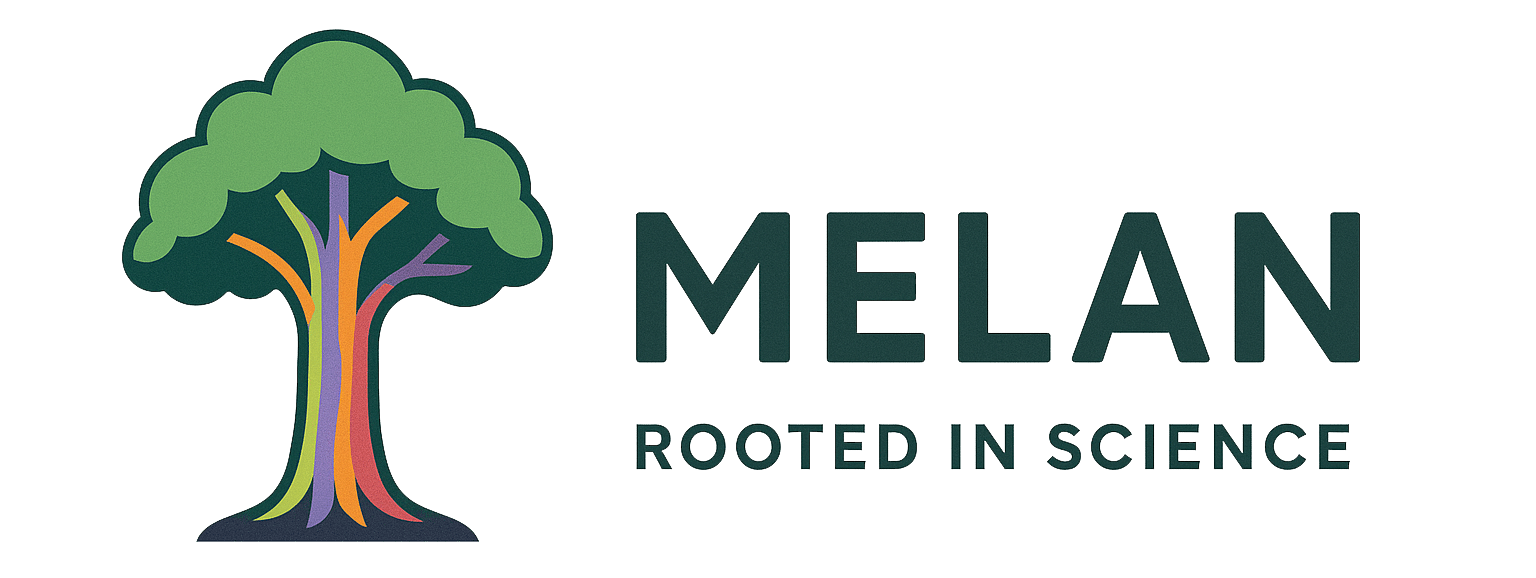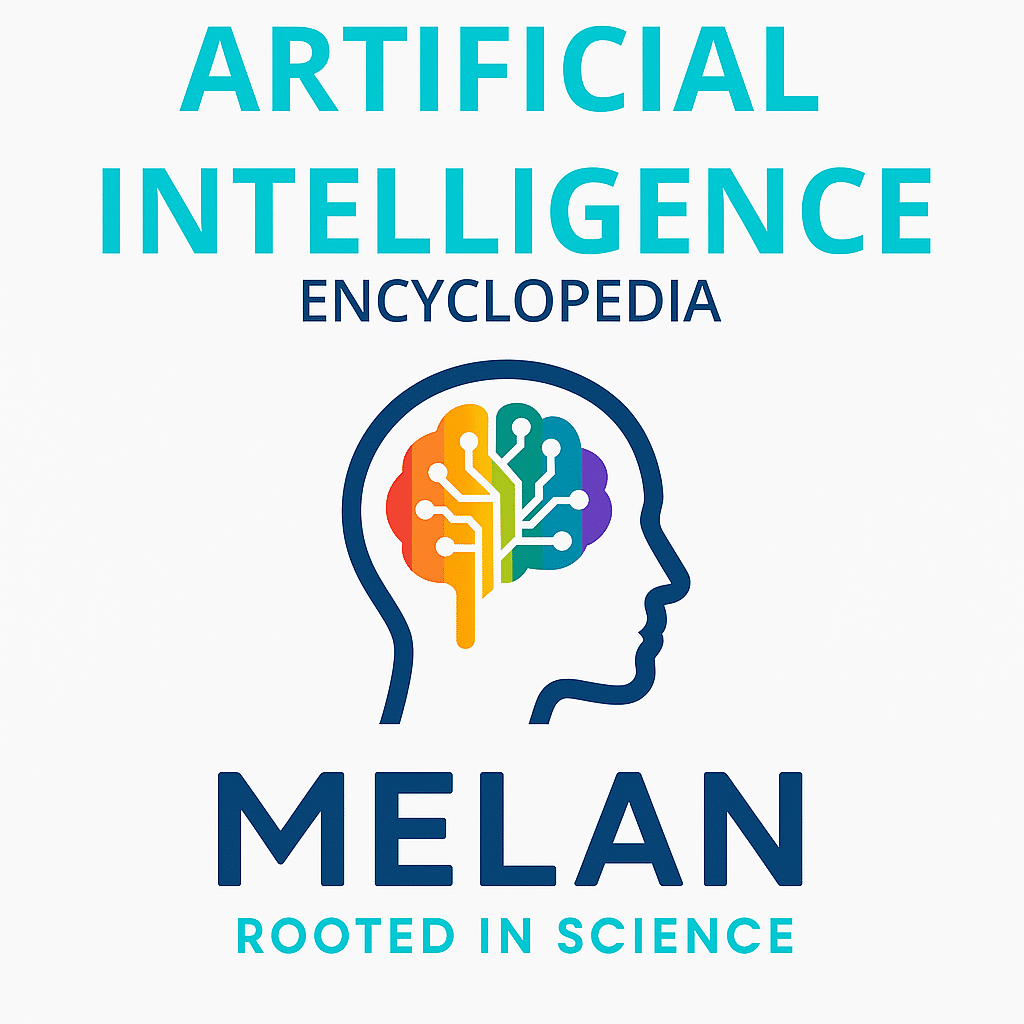Bayesian Networks refers to probabilistic graphical models that represent relationships between variables using directed graphs, where nodes represent variables and edges show probabilistic dependencies. These networks use Bayes’ theorem to calculate conditional probabilities, enabling systems to reason under uncertainty and make predictions based on incomplete information, making them valuable for diagnostic systems, risk assessment, and decision-making applications.
Bayesian Networks
|
|
|---|---|
| Category | Machine Learning, Statistics |
| Subfield | Probabilistic AI, Graphical Models, Knowledge Representation |
| Primary Components | Nodes, Directed Edges, Conditional Probability Tables |
| Key Applications | Medical Diagnosis, Risk Analysis, Expert Systems |
| Mathematical Foundation | Bayes’ Theorem, Conditional Independence |
| Sources: Nature Biotechnology, Pearl’s Probabilistic Reasoning, IEEE AI Applications | |
Other Names
Belief Networks, Causal Networks, Probabilistic Networks, Directed Acyclic Graphical Models, Bayes Nets, Causal Probabilistic Networks, Influence Diagrams
History and Development
Bayesian networks were developed in the 1980s by computer scientist Judea Pearl at UCLA, building on earlier work in probability theory by Thomas Bayes in the 18th century. Pearl’s breakthrough came from combining graph theory with probability theory to create a visual and computational framework for reasoning under uncertainty. The field gained momentum in the 1990s when researchers like David Heckerman at Microsoft Research and Stuart Russell at UC Berkeley developed practical algorithms for learning and inference. Commercial applications emerged in the late 1990s with medical diagnostic systems and evolved into modern applications in spam filtering, search engines, and autonomous systems.
How Bayesian Networks Work
Bayesian networks use directed graphs where each node represents a variable and arrows show causal or influential relationships between variables. Each node contains a conditional probability table that specifies the probability of different outcomes given the states of parent nodes. The network applies Bayes’ theorem to update probabilities when new evidence becomes available, propagating this information throughout the connected variables. For example, in a medical network, symptoms influence the probability of diseases, and knowing one symptom updates the likelihood of related conditions and other symptoms.
Variations of Bayesian Networks
Static Bayesian Networks
Traditional networks where relationships between variables don’t change over time, used for modeling stable cause-and-effect relationships like medical diagnosis or equipment failure analysis.
Dynamic Bayesian Networks
Time-series extensions that model how variables change over multiple time steps, useful for tracking evolving situations like stock market predictions or patient monitoring systems.
Hierarchical Bayesian Networks
Multi-level networks that model complex systems with nested relationships, often used in organizational analysis or multi-scale scientific modeling where variables operate at different levels of abstraction.
Real-World Applications
Bayesian networks power medical diagnostic systems that help doctors identify diseases based on symptoms and test results, with systems like Microsoft’s diagnostic tools and medical expert systems. Search engines use them to understand user intent and rank search results based on multiple factors. Spam filters employ Bayesian networks to classify emails by analyzing word patterns, sender reputation, and message characteristics. Financial institutions use them for credit scoring and fraud detection by modeling relationships between customer behavior, transaction patterns, and risk factors. Autonomous vehicles rely on Bayesian networks to process sensor data and make driving decisions under uncertainty.
Bayesian Network Benefits
Bayesian networks excel at handling incomplete or uncertain information, making them valuable when data is missing or unreliable. They provide interpretable models that humans can understand and validate, showing clear cause-and-effect relationships through visual graphs. The networks can incorporate expert knowledge alongside data-driven learning, allowing domain specialists to contribute their understanding to the model. They efficiently update predictions when new evidence arrives without requiring complete recalculation. Bayesian networks also quantify uncertainty in their predictions, providing confidence levels that help users make informed decisions.
Risks and Limitations
Computational Complexity and Scalability Issues
Bayesian networks face exponential growth in computational requirements as the number of variables increases, making exact inference intractable for large networks. Learning network structure from data becomes computationally expensive with many variables, often requiring approximation methods that may miss important relationships. Real-time applications can struggle with the processing time needed for complex inference calculations.
Data Quality and Bias Concerns
These networks are highly sensitive to the quality and completeness of training data, with biased or incomplete datasets leading to unreliable probabilistic relationships. Historical biases in data can perpetuate discriminatory outcomes, particularly in applications like hiring, lending, or criminal justice risk assessment. Privacy concerns arise when networks trained on sensitive medical or personal data are used for decision-making that affects individuals.
Regulatory Responses and Transparency Requirements
The European Union’s AI Act includes provisions for high-risk AI systems that use probabilistic models, requiring transparency in decision-making processes and bias testing. Healthcare regulations like HIPAA in the United States and GDPR in Europe affect how Bayesian networks can be trained and deployed using patient data. Financial regulations require explainable AI for credit decisions, pushing institutions to document how Bayesian network models make lending determinations.
Industry Standards and Professional Oversight
Medical applications face FDA oversight for diagnostic systems, requiring extensive validation and clinical testing before deployment. Professional medical and engineering societies have developed ethical guidelines for using probabilistic models in critical decisions. These regulatory changes stem from legal pressure following algorithmic bias cases, market demands for trustworthy AI in healthcare and finance, reputation management after high-profile AI failures, and investor concerns about liability in automated decision systems.
Stakeholder Influence and Implementation Challenges
Healthcare providers, regulatory agencies like the FDA and European Medicines Agency, patient advocacy groups, and AI ethics researchers drive policy development for medical applications. Financial regulators, consumer protection agencies, and civil rights organizations influence policies for credit and risk assessment applications. The intended outcomes include reducing algorithmic bias in critical decisions, improving transparency in automated systems, protecting individual privacy and autonomy, and ensuring Bayesian network applications are safe and beneficial. Initial evidence shows increased adoption of bias testing frameworks, development of explainable AI tools for Bayesian networks, and growing requirements for human oversight in high-stakes applications.
Current Debates
Causal Inference vs. Correlation Modeling
Researchers debate whether Bayesian networks should focus on modeling true causal relationships or merely statistical correlations. Judea Pearl advocates for causal modeling that can answer “what if” questions, while others argue that correlation-based networks are sufficient for prediction tasks and less prone to misspecification errors.
Structure Learning vs. Expert Knowledge
The field is divided on whether network structures should be learned automatically from data or specified by domain experts. Pure data-driven approaches can discover unexpected relationships but may miss important domain knowledge, while expert-specified networks risk encoding human biases and oversimplified assumptions about complex systems.
Interpretability vs. Accuracy Trade-offs
Practitioners struggle with balancing model interpretability against predictive accuracy, as simpler networks are easier to understand but may miss complex interactions. This debate intensifies in high-stakes applications like medical diagnosis where both accuracy and explainability are crucial for clinical acceptance and regulatory approval.
Approximation Methods and Inference Quality
Computer scientists debate the best approximation techniques for large networks, weighing the trade-offs between computational efficiency and inference accuracy. Variational methods, sampling approaches, and neural network approximations each have advocates, with ongoing research into which methods work best for different types of problems.
Privacy-Preserving Bayesian Learning
As data privacy concerns grow, researchers debate how to train Bayesian networks on sensitive data without compromising individual privacy. Techniques like differential privacy and federated learning are being adapted for Bayesian networks, but questions remain about their effectiveness and practical implementation in real-world systems.
Media Depictions of Bayesian Networks
Movies
- Minority Report (2002): The PreCrime system uses probabilistic prediction models similar to Bayesian networks to forecast criminal behavior, exploring themes of determinism and the ethics of acting on probability-based predictions
- The Imitation Game (2014): Alan Turing’s (Benedict Cumberbatch) codebreaking work involves probabilistic reasoning and pattern recognition that parallels modern Bayesian network approaches to uncertain inference
- Moneyball (2011): Billy Beane (Brad Pitt) uses statistical models to predict player performance, representing the practical application of probabilistic models in decision-making under uncertainty
TV Shows
- House M.D. (2004-2012): Dr. Gregory House (Hugh Laurie) employs diagnostic reasoning that mirrors Bayesian network inference, updating disease probabilities based on symptoms and test results
- Numb3rs (2005-2010): Charlie Eppes (David Krumholtz) frequently uses probabilistic models and Bayesian reasoning to solve crimes, demonstrating practical applications of uncertainty modeling
- Person of Interest (2011-2016): The Machine processes vast amounts of data to predict violent crimes using methods similar to Bayesian network inference and probabilistic threat assessment
Books
- The Theory That Would Not Die (2011) by Sharon Bertsch McGrayne: Chronicles the history of Bayes’ theorem and its applications, including the development of Bayesian networks and their impact on modern AI
- Thinking, Fast and Slow (2011) by Daniel Kahneman: Explores human probabilistic reasoning and cognitive biases that Bayesian networks attempt to formalize and improve upon
- The Signal and the Noise (2012) by Nate Silver: Discusses probabilistic prediction methods including Bayesian approaches for forecasting elections, sports, and economic trends
Games and Interactive Media
- XCOM series (1994-present): Combat systems use probability calculations similar to Bayesian networks to determine hit chances and strategic outcomes based on multiple variables and uncertainty
- Civilization series (1991-present): AI opponents use probabilistic decision-making models to evaluate diplomatic, military, and economic strategies under uncertain conditions
- Poker AI systems: Programs like Libratus and Pluribus use Bayesian-inspired reasoning to model opponent behavior and make optimal decisions under uncertainty in complex game scenarios
Research Landscape
Current research focuses on scaling Bayesian networks to handle big data through improved approximation algorithms and distributed computing methods. Integration with deep learning is creating hybrid models that combine the interpretability of Bayesian networks with the pattern recognition power of neural networks. Causal discovery algorithms are advancing to automatically learn causal relationships from observational data. Quantum computing applications are being explored for exponentially faster inference in large networks. Research also emphasizes developing privacy-preserving techniques that enable collaborative learning across institutions without sharing sensitive data.
Selected Publications
- Addressing climate change with behavioral science: A global intervention tournament in 63 countries
- Leveraging artificial intelligence in the fight against infectious diseases
- Artificial intelligence meets medical robotics
- Heart-brain connections: Phenotypic and genetic insights from magnetic resonance images
- Evolutionary constraint and innovation across hundreds of placental mammals
Frequently Asked Questions
What exactly are Bayesian networks?
Bayesian networks are graphical models that use probability theory to represent relationships between variables and make predictions when information is uncertain or incomplete, commonly used in medical diagnosis and risk assessment.
How do Bayesian networks affect decision-making in everyday life?
They power spam filters in your email, help search engines understand your queries, assist doctors in diagnosing medical conditions, and enable financial institutions to assess credit risk and detect fraud.
Are Bayesian networks reliable for important decisions?
When properly designed and trained on quality data, Bayesian networks can be highly reliable and provide confidence levels for their predictions, but they require careful validation and human oversight for critical applications like medical diagnosis.
How do Bayesian networks compare to other AI methods?
Unlike black-box neural networks, Bayesian networks are interpretable and show their reasoning process, making them preferred for applications where understanding the decision logic is important, though they may be less accurate for complex pattern recognition tasks.
Can I learn to create or use Bayesian networks?
Yes, start with basic probability and statistics courses, then explore specialized software like R, Python libraries (pgmpy, bnlearn), or commercial tools like Netica and Hugin that provide user-friendly interfaces for building and analyzing Bayesian networks.


